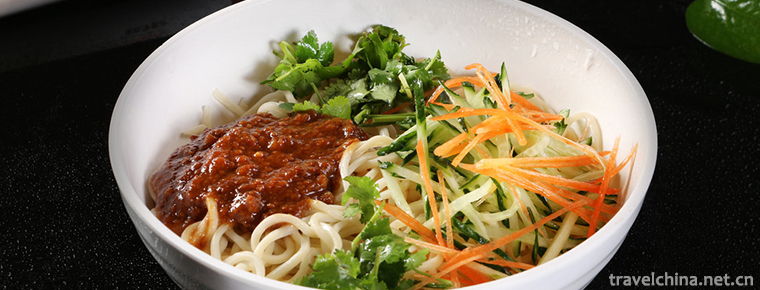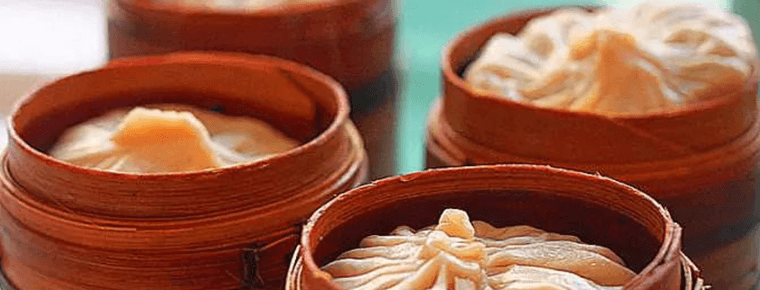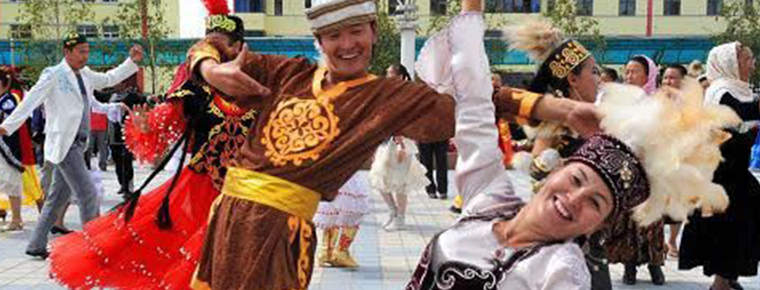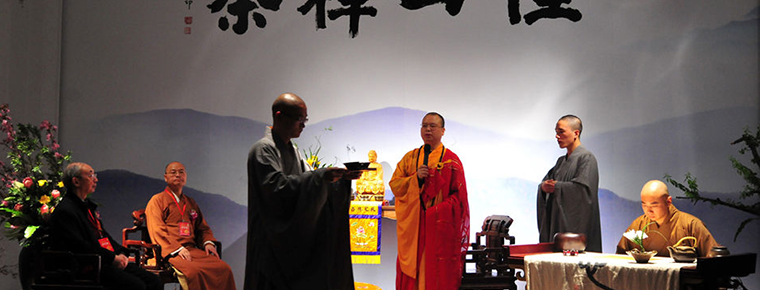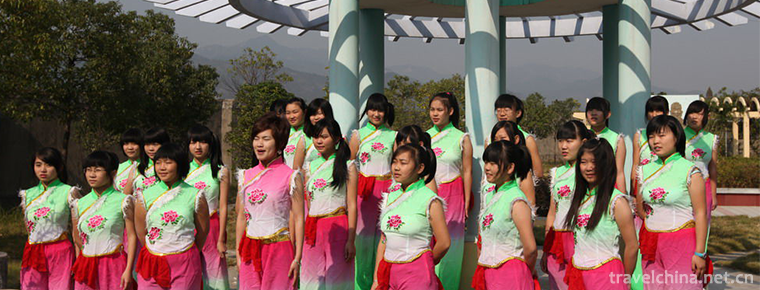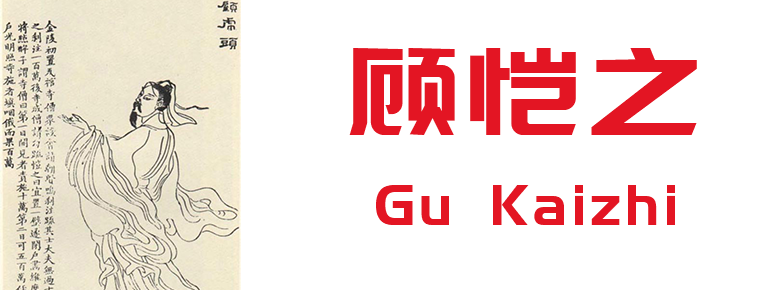Guangyuan primary industry
Guangyuan primary industry
In 2018, the annual grain sown area in Guangyuan City was 311300 hectares, down 0.5% from the previous year. The total grain output was 1.5641 million tons, down 0.4%. Among them, the grain output in spring decreased by 0.7% to 384900 tons, and that in spring to 1179200 tons, down 0.4%. Oil production was 253600 tons, an increase of 1.6%.
The total output of meat in the whole year was 323900 tons, an increase of 2.7%. Among them, the output of pork was 263300 tons, an increase of 3.0%. 3.66 million live pigs, up 1.4%; 79100 cattle, up 2.8%; 558400 sheep, down 0.9%; 20.4978 million poultry, up 3.0%.
In the whole year, 24313 hectares of afforestation were completed, including 9041 hectares. At the end of the year, the forest coverage rate was 56.81%, 0.63 percentage points higher than that of the previous year.
In the whole year, the effective irrigation area of new farmland was 2.09 thousand hectares, the improved irrigation area was 2.08 thousand hectares, the development of water-saving irrigation area was 2.37 thousand hectares, and the area of comprehensive control of soil and water loss was 31.28 thousand hectares. By the end of the year, the total power of agricultural machinery was 2.8479 million kilowatts, an increase of 1.8%. The amount of chemical fertilizer (converted into net) was 103100 tons, decreased by 4.0%.
On February 26, 2020, Chaotian walnut superior area with Chinese characteristics in Guangyuan City, Sichuan Province, was identified as the third batch of agricultural products with Chinese characteristics.

Guangyuan primary industry
-
Noodles with Soy Bean PasteBeijing Style
Old Beijing fried noodles, a traditional Chinese pasta, made from dishes, fried sauce mixed noodles, popular in Beijing, Hebei, Tianjin and other places.
Views: 249 Time 2018-10-27 -
Tone tune
Colour tune, commonly known as tune, colour tune, colour lantern, Na Hao Hey and so on, is one of the local operas in Guangxi. It belongs to the system of Lantern opera
Views: 414 Time 2019-04-04 -
tea and pastries making skills
Tea making skills, Yangzhou City, Jiangsu Province, local traditional handicraft, one of the national intangible cultural heritage.
Views: 180 Time 2019-04-15 -
Legend of Filial Women in the East China Sea
The filial woman in the East China Sea is an ancient folklore story. Her real name is Zhou Qing. It comes from Biographies of LieNu and Biographies of Yu Dingguo.
Views: 159 Time 2019-04-27 -
Kazakh Karakol Leha
On May 23, 2011, Kazakh Karakol Kazakh was listed in the third batch of national intangible cultural heritage list with the approval of the State Council.
Views: 318 Time 2019-05-02 -
Huidong Fishing Song
Huidong Fishing Song is one of the traditional folk arts in Guangdong Province. From the Song Dynasty, fishing songs in the shallow sea of Huidong were introduced from the coast of Fujian Province.
Views: 222 Time 2019-05-05 -
Jingshan tea banquet
Jingshan Tea Banquet, born in the Longevity Chan Temple of Jingshan, Jingshan Town, Yuhang District, began in Tang Dynasty and flourished in Song Dynasty. It has a history of more than 1200 years
Views: 117 Time 2019-05-08 -
Manchu Folk Stories
Liaoning is a region where Manchu people have formed, risen and grown up. It contains extensive and profound Manchu cultural relics and connotations. Manchu folktales originated from the Manchu people
Views: 131 Time 2019-05-18 -
Tongcheng Song
Tongcheng Song is a kind of local folk song originating from Tongcheng, Anhui Province. It is a kind of local folk literature in the form of rhyme created by the local working people collectively. At
Views: 218 Time 2019-06-21 -
Gu Kaizhi
Gu Kai Zhi (348 to 409 years), the word is long, the small character tiger. Han nationality , Jin Ling Wuxi people (now Wuxi, Jiangsu province). Outstanding painter, painting theorist and poet. Becaus
Views: 188 Time 2019-09-07 -
Mahu scenic spot
Mahu scenic area, located in Leibo County, Liangshan Yi Autonomous Prefecture, Sichuan Province, covers an area of 100 square kilometers. The scenic spot is composed of Mahu lake, Jinshajiang Valley and primitive dense forest.
Views: 206 Time 2020-10-16 -
Luzhou local culture
Luzhou cuisine is a branch of three main local flavor schools in Modern Sichuan cuisine. In June 2018, Luzhou City released four local standards for "Luzhou cuisine", namely, Douban tuoyu, dry roasted carp, Luzhou pickled sea pepper and Luzhou pickled ginger, marking that Luzhou has its own standard for "Luzhou cuisine".
Views: 164 Time 2020-12-14
